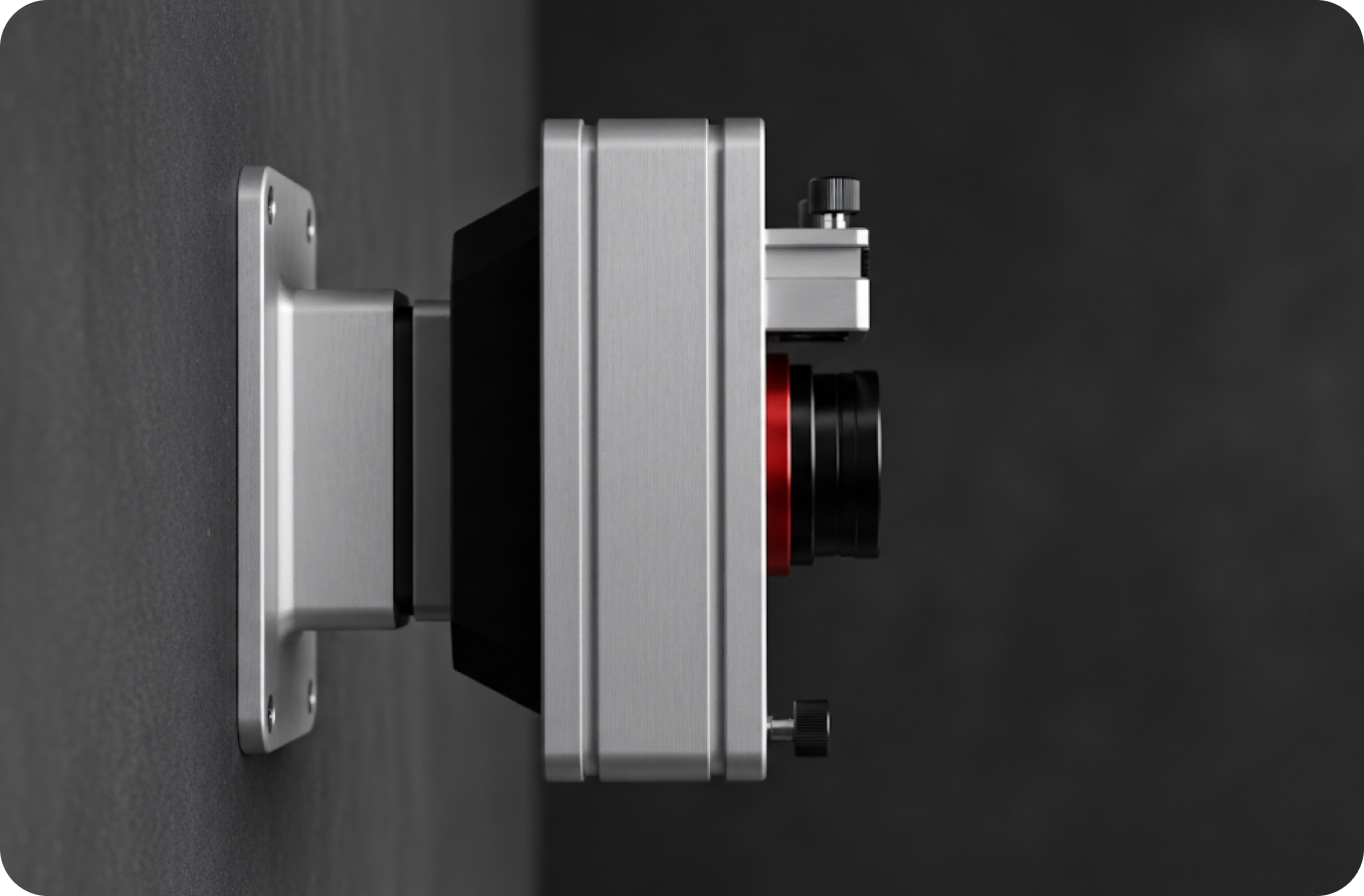Gestion des identités et des accès (IAM) : Tout ce que vous devez savoir (+exemples)

Profitez d'un support IT efficace
Découvrez notre solution tout-en-un
Imaginez Julie, nouvelle recrue dans votre entreprise.
Son premier jour commence mal : elle n’a pas encore reçu son ordinateur professionnel, ses accès aux outils internes ne sont pas configurés, et elle doit patienter pendant des heures avant de pouvoir commencer à travailler. Après quelques échanges avec l’équipe IT et les RH, rien n’avance vraiment. Son manager, pressé par le temps, décide de lui partager ses propres identifiants par Slack, histoire qu’elle puisse accéder aux fichiers et se mettre au travail rapidement.
Ça va plus vite, certes, mais quelques jours plus tard, une fuite de données est détectée. Les identifiants partagés à la hâte et une connexion depuis un ordinateur non protégé ont permis à un hacker d’accéder à des données sensibles de l’entreprise.
En essayant de gagner du temps, l’entreprise s’expose à un risque majeur de cybersécurité, avec des conséquences potentiellement désastreuses.
C’est exactement ce genre de situation que l’Identity Access Management (IAM) ou gestion des identités et accès en français, permet d’éviter. En plus de garantir la sécurité des accès, l’IAM assure que chaque employé obtient les droits adéquats automatiquement, sans partage d’identifiants risqué ou démarche improvisée. L’intégration de Julie aurait été fluide, sécurisée, et sans compromis pour l’entreprise.
Entre protection des données sensibles et simplification des processus d’onboarding, l’IAM s’impose aujourd’hui comme un indispensable pour les entreprises. Vous voulez savoir comment ça marche et pourquoi vous en avez besoin ? Suivez le guide !
La gestion des identités et des accès : qu'est-ce que c'est ?
Pour comprendre comment fonctionne un système de gestion des identités et des accès, aussi appelé IAM, voyons ses principales composantes :
1. Gestion des identités numériques :
Chaque employé de votre entreprise a une identité numérique. Imaginez que Julie, nouvelle employée de votre entreprise, a besoin d’accéder à son ordinateur, à des logiciels comme Microsoft Teams, et à vos données CRM. Une solution IAM permet de lui attribuer une identité numérique unique qu’elle utilisera pour tout. Pas besoin de multiples comptes ou de mots de passe différents pour chaque application. C’est cette identité qui va être utilisée pour se connecter aux différentes applications ou ressources. Cela inclut souvent un nom d’utilisateur, un mot de passe, et parfois des informations supplémentaires comme :
Authentification multifacteur (MFA) :
L’authentification multifacteur ajoute une couche de sécurité supplémentaire. En plus de son mot de passe, l’utilisateur doit fournir un deuxième facteur, comme un code reçu par SMS ou via une application mobile.
Exemple : Si quelqu’un essaye d’accéder à un compte avec le mot de passe de Julie, il lui sera impossible de se connecter sans le code envoyé sur son téléphone.
Authentification unique (SSO) :
Avec l’authentification unique (SSO), un utilisateur peut accéder à toutes ses applications après une seule connexion.
Exemple : Julie se connecte une seule fois à Okta, et elle peut ensuite accéder à toutes ses applications (Teams, Salesforce, Gmail…) sans se reconnecter.
2. Gestion des utilisateurs et des droits d’accès :
Une fois que l’identité est créée, il faut s’assurer que Julie n’ait accès qu’aux ressources nécessaires pour son travail. L’IAM permet d’assigner des rôles ou des droits en fonction de la fonction de l’utilisateur. Julie aura ainsi accès à ses outils, mais pas aux données sensibles de la direction.
Exemple : Grâce à un système IAM, vous pouvez définir des rôles prédéfinis pour chaque fonction dans l’entreprise. Le système sait que Julie, en tant que responsable marketing, aura besoin de Salesforce, mais n’aura pas besoin d’accéder aux serveurs financiers.
Note sur la gestion des accès privilégiés (PAM) :
Les comptes à haut privilège (administrateurs, dirigeants) représentent un risque élevé. La gestion des accès privilégiés (PAM) permet de sécuriser ces comptes critiques avec des contrôles supplémentaires. C'est une dimension supplémentaire au sein de ce cadre de gestion des droits d'accès que vous pouvez gérer au quotidien afin d'éviter tout risque de fuite de données.
3. Plateforme de gestion des identités et des accès :
Les solutions de gestion des identités et des accès permettent de centraliser la gestion des identités et des accès. Ces outils gèrent automatiquement les autorisations, les droits d’accès, et même les authentifications pour toutes les applications de l’entreprise.
Exemple concret : Dans une entreprise qui utilise Azure AD, chaque nouvel employé reçoit automatiquement les accès aux outils dont il a besoin en fonction de son poste, sans qu’il soit nécessaire de tout configurer manuellement pour chaque individu.
Puis-je automatiser la gestion des identités et des accès ?
Absolument, et c’est même l’un des plus grands atouts des solutions IAM modernes. L’automatisation de la gestion des identités et des accès permet non seulement de gagner du temps, mais aussi d’améliorer la sécurité et la conformité de votre entreprise. En effet, chaque processus manuel de création, suppression ou modification d’accès expose à des risques d’erreurs humaines et de retard. L’automatisation élimine ces risques en appliquant des règles préconfigurées à chaque étape du cycle de vie d’un employé ou d’un utilisateur externe.
Chez rzilient, la mise en place des ces automatisations est au coeur de notre offre. Voici comment cela fonctionne :
1. Provisionnement automatique des accès : Dès qu’un nouvel employé comme Julie rejoint l’entreprise, un système IAM bien configuré lui attribue automatiquement les accès nécessaires en fonction de son poste. Inutile de passer par les RH ou l’IT pour lui octroyer manuellement chaque accès. Elle reçoit directement les permissions adaptées à son rôle dès son premier jour.
2. Gestion des accès basée sur les rôles (RBAC) : Chaque employé est associé à un rôle défini (par exemple, “Marketing”, “RH”, “Finance”) qui détermine les accès disponibles. Cela garantit que Julie n’accède qu’aux outils et données pertinents pour son travail, réduisant ainsi les risques de fuites de données accidentelles.
3. Déprovisionnement automatique : Lorsque Julie quitte l’entreprise ou change de poste, ses accès sont immédiatement révoqués ou ajustés, assurant que ses anciens droits d’accès ne persistent pas. Cela évite les vulnérabilités potentielles liées aux comptes non utilisés mais toujours actifs.
4. Mise à jour des accès en temps réel : Si l’entreprise intègre de nouvelles applications ou modifie les règles de sécurité, les droits d’accès sont automatiquement mis à jour pour tous les employés concernés, sans qu’il soit nécessaire d’intervenir manuellement pour chaque utilisateur.
5. Audits automatiques de sécurité : Les systèmes IAM peuvent effectuer des audits réguliers pour s’assurer que les employés n’ont accès qu’aux ressources nécessaires. Si des accès superflus sont détectés, ils peuvent être révoqués automatiquement. Cela permet à l’entreprise de maintenir un environnement conforme aux réglementations comme le RGPD ou la norme ISO27001.
En résumé, l’automatisation de la gestion des identités et des accès permet de simplifier l’administration quotidienne, de sécuriser les systèmes en limitant les erreurs humaines, et de gagner en réactivité. Votre équipe IT peut se concentrer sur des tâches à plus forte valeur ajoutée, tandis que l’IAM gère automatiquement les droits d’accès des employés en fonction de leurs rôles et responsabilités.
Le plus : la plateforme rzilient s'intègre automatique avec vos SIRH, ce qui nous permet de détecter sans effort les arrivées et départs prévus dans votre organisation. Ainsi, équipes RH et IT fluidifient leur collaboration et s'assurent une gestion optimale des on et offboardings.
Envie d'en savoir plus ? Demandez une démo dès maintenant !
Pourquoi automatiser une gestion des identités et des accès dans mon entreprise ?
L’importance de l’IAM ne s’arrête pas à la gestion des accès. Voyons pourquoi c’est essentiel pour les entreprises.
1. Sécurité des données :
Sans un bon système IAM, il devient très difficile de protéger les informations sensibles. Si un employé a accès à des données qu’il ne devrait pas voir, ou si un pirate réussit à s’infiltrer en utilisant des identifiants volés, les conséquences peuvent être désastreuses. Aussi, au départ d'un collaborateur, vous pouvez suspendre systématiquement des accès à des données internes privées et sensibles.
2. Conformité et réglementation :
Avec les réglementations comme le ISO27001, il est crucial de prouver que seuls les utilisateurs autorisés peuvent accéder à certaines données. Les solutions IAM permettent de suivre et enregistrer toutes les actions des utilisateurs.
3. Productivité et efficacité :
Une bonne solution IAM ne se contente pas de sécuriser les accès. Elle simplifie aussi la vie des utilisateurs ! Fini de jongler avec des dizaines de mots de passe et d’identifiants. L’authentification unique (SSO) permet à un utilisateur de se connecter une fois pour accéder à toutes ses applications. Et pour les équipes RH et IT, c'est une tâche chronophage de moins à faire au quotidien.
4. Économies sur votre licence :
En automatisant l'ouverture et la fermeture des accès à vos applications et logiciels, vous évitez de payer des licences dans le vent suite au départ d’un employé.
Comment mettre en place ces automatisations dans mon organisation ?
L’intégration d’une solution de gestion des identités et des accès (IAM) peut sembler complexe, mais avec rzilient, vous êtes entre de bonnes mains. Nous comprenons que chaque entreprise a des besoins uniques, et notre approche est conçue pour s’adapter à vos spécificités. Voici comment nous procédons, étape par étape, pour que la transition soit simple, fluide et sécurisée :
1. Évaluation personnalisée des besoins :
Avant toute chose, nous réalisons avec vous une évaluation approfondie de vos besoins. Quels types de données sensibles doivent être protégés ? Quels utilisateurs, internes ou externes, auront accès à quelles ressources ? Nous identifions les zones de risque potentielles et définissons les objectifs précis de la solution IAM pour assurer une protection optimale de votre environnement.
2. Choix de la solution IAM adaptée :
Chez rzilient, nous vous accompagnons dans le choix de la solution IAM qui répond parfaitement à vos besoins. Nous nous assurons que la solution s’intègre facilement à vos systèmes existants, offre une authentification robuste et centralisée, tout en étant évolutive pour accompagner la croissance de votre entreprise.
3. Mise en œuvre sur mesure et accompagnement :
Pas de panique, rzilient s’occupe de tout. Notre équipe prend en charge l’intégration complète de la solution IAM, en assurant une transition en douceur. Nous testons la solution avec un groupe restreint d’utilisateurs avant le déploiement global, et nous offrons des formations personnalisées pour que chaque membre de votre équipe maîtrise rapidement les nouveaux outils.
Avec rzilient, vous êtes assuré d’une mise en place progressive, efficace et surtout sécurisée. Vous n’avez pas besoin d’être un expert en technologie : nos équipes sont là pour vous guider à chaque étape. Pour aller plus loin, prenez dès maintenant rendez-vous avec l’un de nos experts IAM, et découvrez comment nous pouvons simplifier et sécuriser la gestion des accès dans votre organisation.
Prenez rendez-vous avec un de nos experts dès maintenant.
Conclusion
La gestion des identités et des accès est devenue une priorité absolue pour les entreprises cherchant à sécuriser leurs données et à améliorer leur productivité. Avec les bonnes solutions IAM en place, vous pouvez protéger vos systèmes, simplifier la vie de vos utilisateurs et vous conformer aux réglementations les plus strictes.






